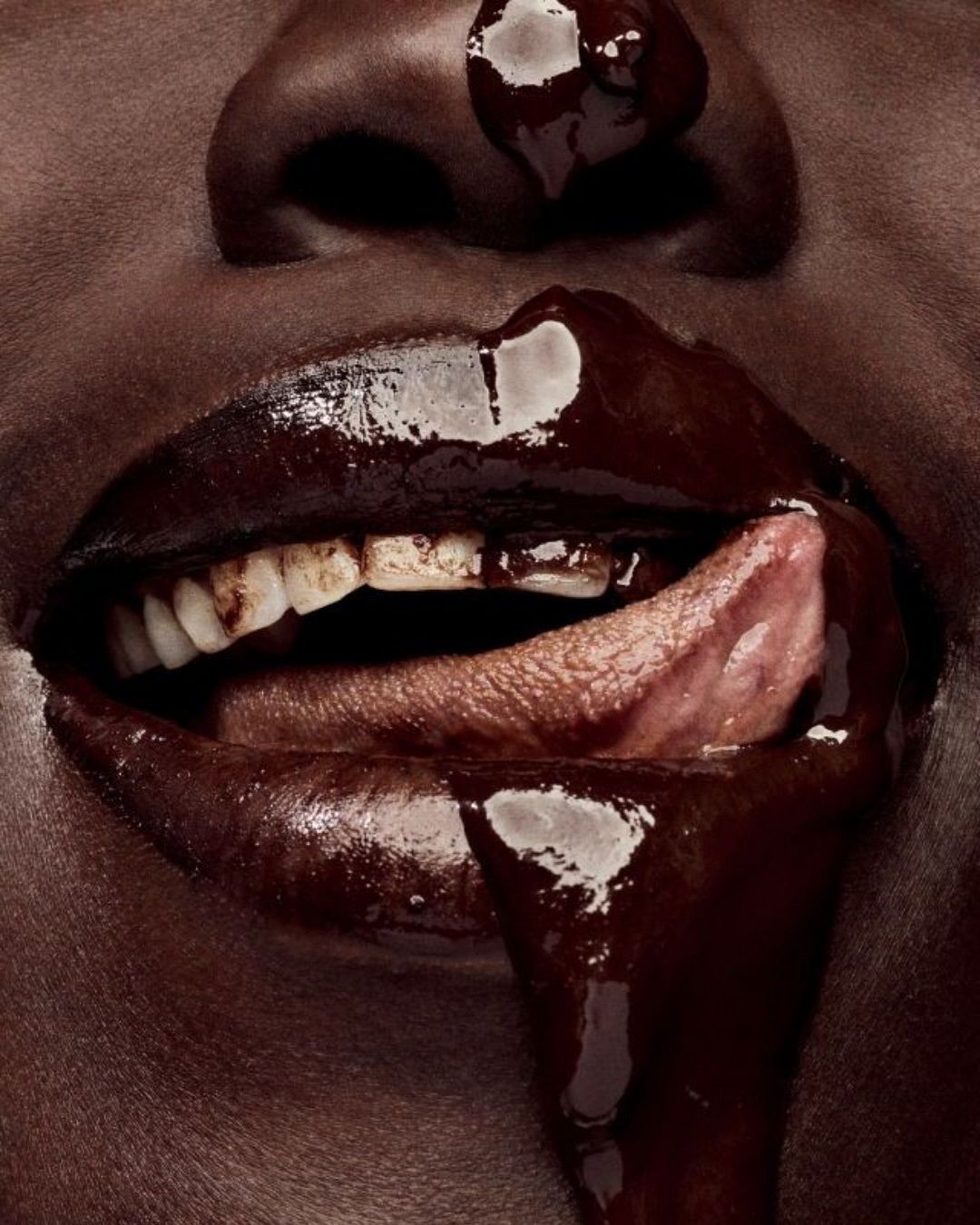
Breast cancer: from prevention to pinkwashing All you need to know in the month dedicated
October is the month dedicated to preventing breast cancer, an important event that started in 1985 through a partnership between the American Cancer Society and the pharmaceutical division of Imperial Chemical Industries. The aim was to promote mammograms as the most effective tool in fighting breast cancer. In 1992, the pink ribbon (originally peach-colored) was introduced as part of a campaign that began in the United States and later became international and global.
Incidence and Numbers of Breast Cancer
According to Breastcancer.org, breast cancer accounts for 12.5% of all newly diagnosed cancer cases worldwide, making it the most common cancer globally. About 13% (or 1 in 8) of women in the United States develop invasive breast cancer in their lifetime. In Italy, data from the Ministry of Health for 2022 confirms that breast cancer is the most diagnosed cancer in women, representing about 30% of all malignant tumors in 2020. The 2022 report also estimated a 0.5% increase in diagnoses compared to 2020.
Contrary to what one might think, breast cancer is not just an issue for individuals assigned female at birth. In 2022 in the United States, it was predicted that there would be about 2,800 new cases of invasive breast cancer in individuals assigned male at birth, with an incidence of 1 in 883. While much rarer, it might go unnoticed. Specific percentages and risks are also present in transgender individuals. In short, prevention is for everyone.
Self-Knowledge is the First Step in Prevention
A good way to quickly notice if something is wrong in our body is to get to know it constantly and thoroughly. Therefore, especially in the case of breast cancer, it's important to get into the habit of performing a self-examination at least once a month starting from the age of 20. The best time is a week after the end of the menstrual cycle when the breast is less tense. During pregnancy or menopause, any time is suitable. Pay attention, particularly, to masses and nodules that were not present before, changes in shape and texture, swellings, and variations in the nipples. Generally, doctors recommend performing the examination while lying down, with the corresponding hand placed behind the neck, or in front of a mirror with one arm raised at a 90-degree angle.
Regular Examinations to Consider
Not everything can be left to self-examination. Some tumor masses may not manifest as recognizable changes in shape or as nodules that can be detected with the fingers. This is why, especially if something is noticed during self-examination, it's important to consult specialized doctors and undergo periodic breast ultrasound and mammography. These are minimally invasive tests that can, in most cases, provide a clear picture of the situation of our breasts, dispel any doubts, or allow for timely intervention. Ultrasound is recommended from the age of 30 and up, while mammography starts from 40. In cases of hormonal treatments or hereditary factors, it may be recommended earlier.
The Importance of Public and Accessible Prevention for Everyone
Obviously, it's useless to talk about the importance of prevention without discussing the accessibility of medical examinations and procedures, as well as the right to healthcare, especially in Italy. At the end of 2022, the Serafico Institute of Assisi sounded the alarm, highlighting how for people with disabilities and their families, care was anything but accessible, from various points of view. These findings were confirmed by OECD data released in July 2023. According to this statistical survey, the public health expenditure in our country in 2022 stands at 6.8% of the GDP, 0.3 percentage points below the European average of 7.1%. There are 13 European countries that invest a higher percentage of their GDP in healthcare than Italy, with a gap ranging from +4.1 percentage points in Germany (10.9% of GDP) to +0.3 in Iceland (7.1% of GDP). The results of this lack of investment are evident to all: public facilities collapsing, endless waiting lists, a shortage of healthcare personnel. The result? Those who can afford it turn to private healthcare, which is advancing, and those who can't are left without.
Pinkwashing and Our Role as Consumers
In addition to advocating for the right to healthcare and the protection of the National Health Service, as consumers we also have another, more subtle responsibility. Like any important and deeply felt campaign that touches the heart and stomach of the population, the cause for breast cancer prevention and care has been used for sales. In 2002, the Breast Cancer Action organization coined the term "pinkwashing" in the context of its Think Before You Pink campaign, which aimed to combat pink ribbon marketing by companies, brands, or organizations that claimed to care about breast cancer and its prevention, but used the cause simply as a way to boost sales, often not donating anything to charitable organizations or even producing or selling products containing chemicals linked to the disease. Over the years, BCAction has done precise and ruthless work in exposing companies and advertising campaigns, work that we must take into account not only as potential patients, friends, and relatives of those who are sick, but also as consumers who, in deciding where to place our wallets, can make small and even big changes.
























































